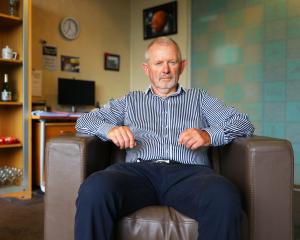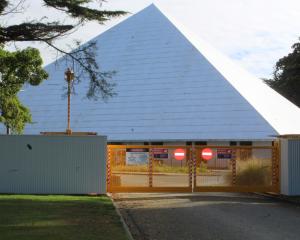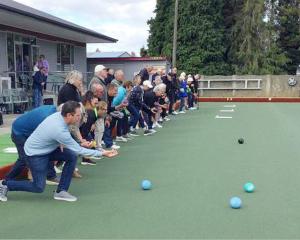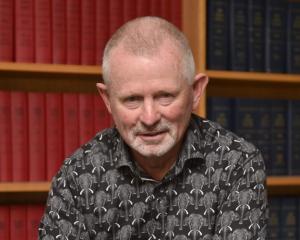Invercargill will soon be the only place in the world where the public can view critically endangered kakapo chicks being hand-reared.
The Invercargill City Council (ICC) has agreed to spend $425,000 on a purpose-built 400sq m chick-raising facility at the Southland Museum and Art Gallery, to be manned by Department of Conservation (Doc) staff.
The deal was brokered by city councillor Karen Arnold, who has worked as an advocate for the Kakapo Recovery programme for the past four years.
There are 126 kakapo left in the world of which 16 are juveniles under 5. Almost all live on Whenua Hou/Codfish Island, about 3km from Stewart Island, or on Anchor Island, in Fiordland.
Ms Arnold said she fell in love with the kakapo, their endearing ways and their ''uniquely Southland story'' as soon as she first saw them and was excited more people would get to see chicks.
''They are flightless, nocturnal and vegetarian. They are parrots but really are like no other parrot.''
Few people knew kakapo chicks were already brought from Whenua/Codfish to Invercargill for hand-raising before being returned to the island, she said.
''It happens in a Doc storeroom lined with plastic. The chicks are kept in fish bins. They are in the neighbourhood but we can't let people know where because of security issues. So to be able to share them with the public is fantastic.''
Kakapo are slow breeders, producing chicks only in ''mast'' years when beech trees produce particularly high numbers of seeds.
Ms Arnold said she did not know how many chicks would be raised at the museum but expected there would be chicks every second or third year, on view for 8-10 weeks in March, Apri and May.
This season, three chicks were being hand-raised, with six hand-raised in 2011 and 26 in 2009.
No chicks were expected in the 2014-15 season.
There would be plenty for the public to see, she said.
''The chicks hang out together. Because their mothers are not with them they have to learn to climb trees and feed themselves ... on fruit, seeds and vegetables.''
Museum manager Paul Horner said the enclosure would be completed by 2016. While the design had not been finalised, it would likely be a separate building on the lawn behind the ''tuatarium'', with public access via a passageway from the museum.
He said he was sure the kakapo chicks and a planned permanent display about the kakapo would become a major tourist attraction, just as the 90 or so tuatara living at the museum were.
Although the chicks were grey when they were small, they soon grew into ''fat, cuddly, green chicks'' which would be a hit with visitors, he said.
''We are really excited about having these precious chicks with us. It is great for the kakapo and great for Southland.
''I'm excited the ICC has taken up the idea so readily. It is absolutely marvellous.''










